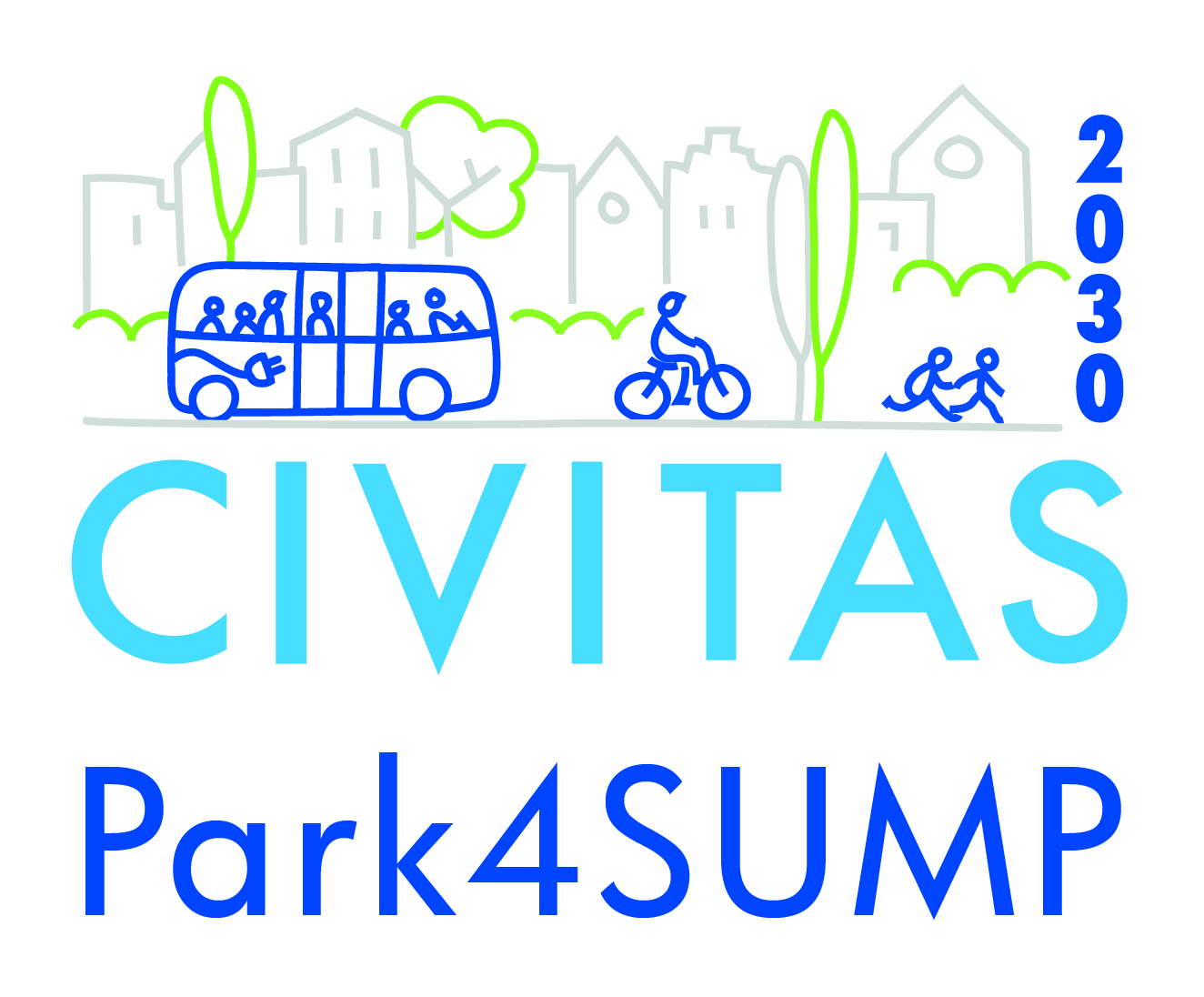Parking spots are for cars, aren’t they?

Let’s start with an economic law: what is scarce is expensive. So why are we constantly wasting a precious good like public space? In every city free space is limited and yet for decades we have taken it for granted that a disproportionally large part of that space is asphalted to park cars. As icing on the cake, parking your vehicle is usually free of charge.
It’s time for reflection, as a dramatic 2020 comes to an end. The COVID pandemic taught us a powerful thing: (public) space is a precious and indispensable good to encounter people (at a safe distance), to move and to relax. In fact, an extra patch of parking space is an assault on the liveability of our future cities, as public space is vital for physical and emotional well-being.
How much space does parking take?
Cars take up a large part of our open space. In Flanders, there is no less than 25m² of parking space per inhabitant, which adds up to a total of 20.000 hectares. This means that there are more than 7 million parking spots, even more than there are Flemish people. Not to mention the expected additional 200.000 to 500.000 cars by 2030, the space required in that region will be 25.000.000 m² (50m² for each car). Conclusion: the vehicle that promised us an unlimited amount of freedom in the past decades, has become a treacherous addiction. One that is fed by more and more expensive asphalt, concrete and sacrificed open space.
COVID as an accelerator
People see a free parking spot at their doorstep as an acquired right to have. Even more they insist it’s a government task to provide that free parking spot on the most precious amount of square metres in the city. When the need is greatest, we are more aware of how badly we need that open space. The overcrowded parks, cycle paths and footpaths in 2020 are a perfect proof of this. The pandemic breathed new life into the debate about the function and the interpretation of public space. The one-sided approach of paving open space for parking is being discussed more often, both on the administrative level as among residents themselves. Many municipalities already showed flexibility during lockdown periods by giving active road users extra room to move and to be creative with more green space.
Parklets are challenging the status quo
In our latest article, we already referred to “Parklets” as an alternative interpretation of a parking spot. Bottom-up actions were absolutely in the spotlights the past year. Dozens of associations seized the opportunity to conquer public space. Making way for more greenery, more play and relaxation, more space to encounter and more neighbourhood on a human-scale are the key words for all actions. All the variants have an important signalling function as both residents and policy makers dare to think about the interpretation of public space. The initiatives created broader support, because past year was ideal to visualize how the future might look like. Which was often a vision, now became something very tangible.
What do we gain?
- More space for relaxing and encountering: green and unpaved open space as a relief and a chance to escape the delusion of the day. More nature as oxygen for the local neighbourhood.
- More space for active modes: as people in cities live closer together, scarce space can efficiently be used for pavement, bicycle paths, playgrounds and greenery.
- Achieving climate targets: less parking space means less cars and also means less greenhouse gas emissions. A modal shift of 50/50 comes within reach as Europe is imposing to reduce these emissions with 40% by 2030 (compared to 1990).
- More Cool Towns: infamous heat islands in urban environments can be tempered.
- Better water management: less surfacing means less water running directly into the sewer system. Green islands retain water and ensure evaporation and cooling.
- Cheaper houses: project developers can build cheaper houses in urban areas if they don’t have to build one or more parking space for each house. Minimum parking standards for bicycles and facilities for public transport are essential.
- More turnover: a parking spot accommodates 10 bicycles. The bill for local traders is quickly made up…and if there is a place for an extra terrace, the picture looks great.
Parking space vs. public space
Urban open space is like ice cream on a hot summer day: everyone wants some, but there is never enough. The good news is that cities and municipalities don’t need expensive toolkits or urban planning interventions to realize healthier and more liveable streets. The sting is the vision and guts those municipalities have to make it happen. In an earlier article about parking management we’ve already mentioned it: parking policy needs to become less emotional.
Parking management is an opportunity just waiting to be seized. It should be the core element of any mobility plan across the globe. Policy makers can simultaneously achieve great benefits and distribute the public space evenly, with a minimum of effort. Simple interventions can already make a city more liveable for its residents, cyclists and pedestrians. The fact that all kind of parklets appear in the streetscape is a sign of growing awareness.
The driving forces behind an urgent reinterpretation of public space are climate change, air quality and the need for places for social encounters and interaction. A perception in which mankind is central and not a block of steel on wheels that we just park somewhere 95% of the time.
Sources:
Mobiel 21 – Parkeerplaatsen zijn voor auto’s, toch? (NL)
Bikeyface (image)
